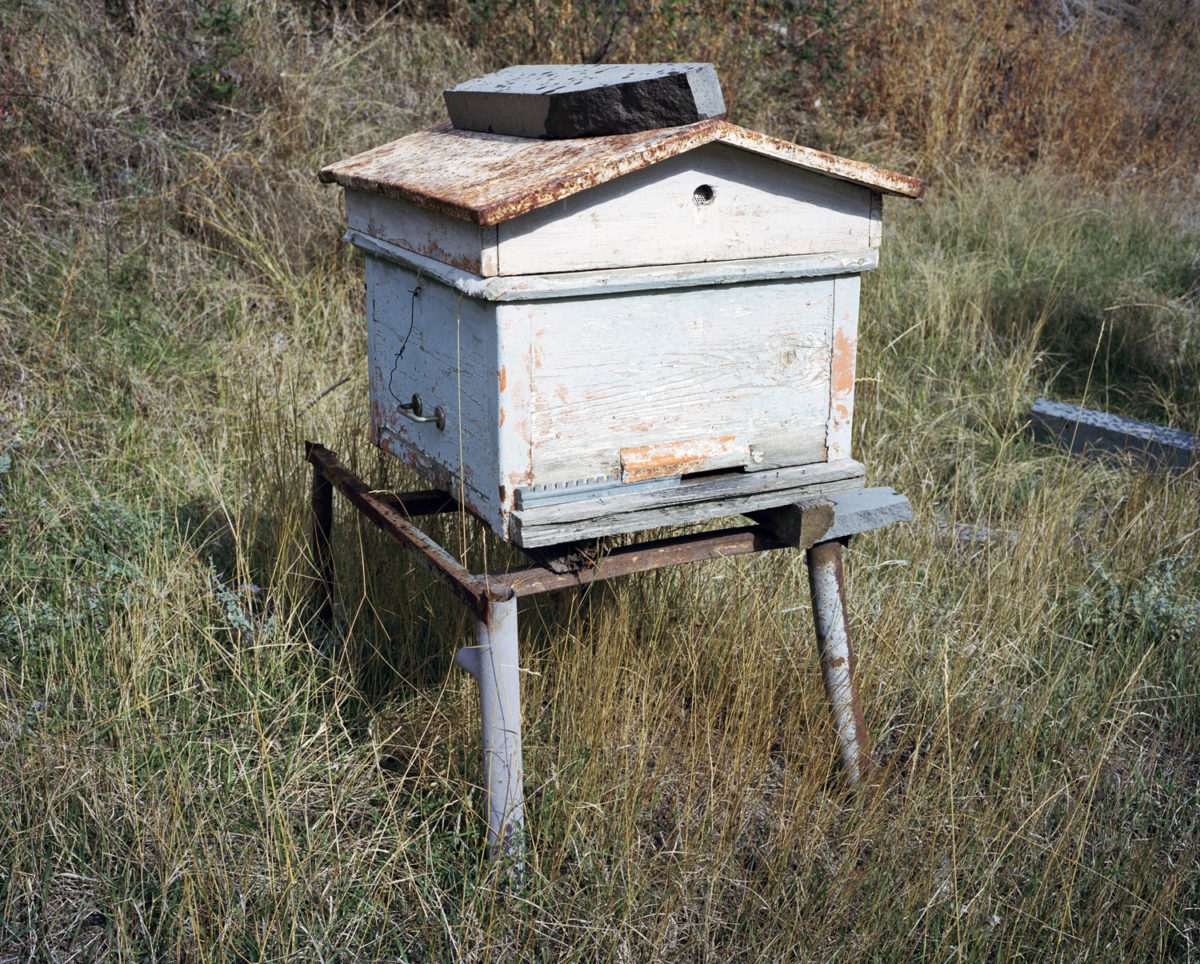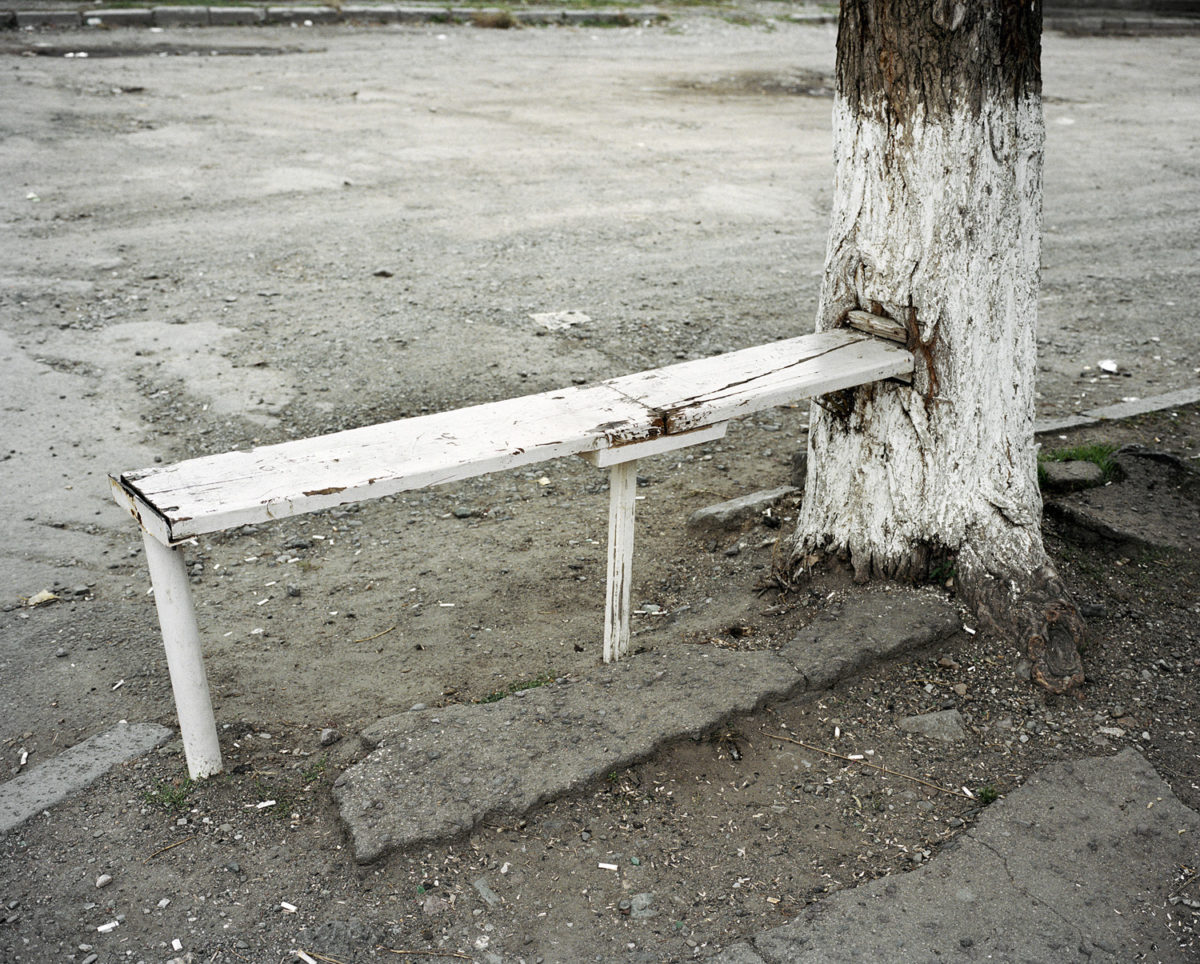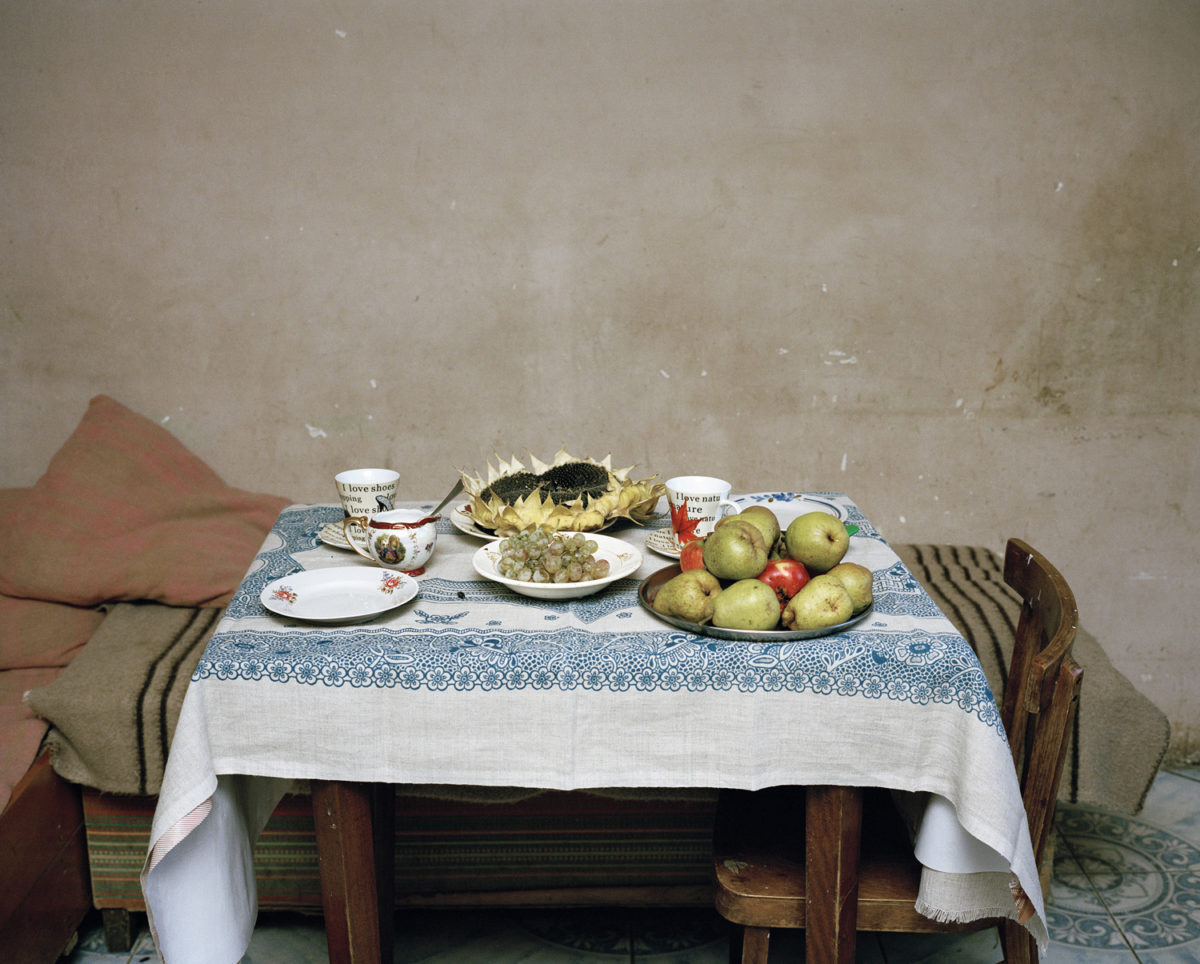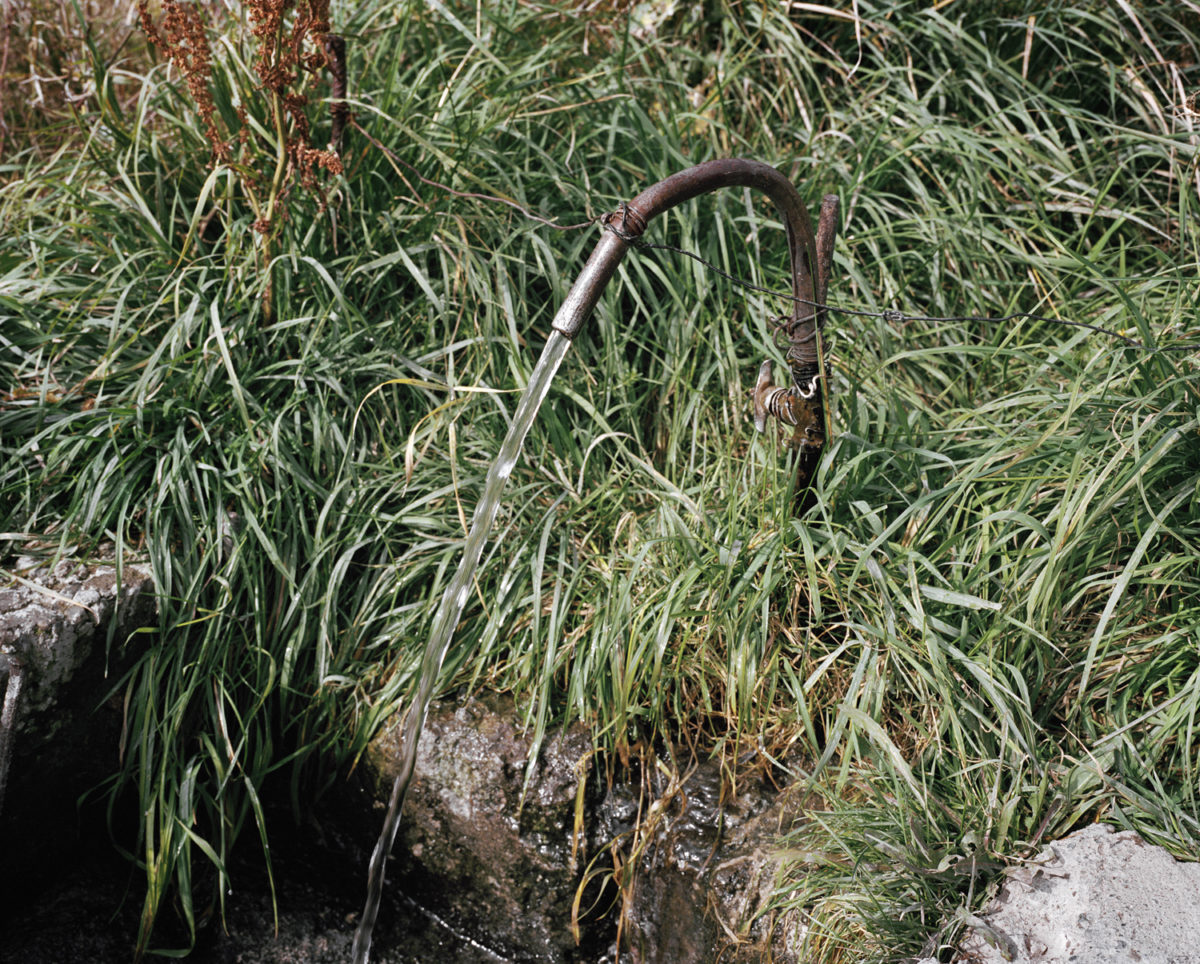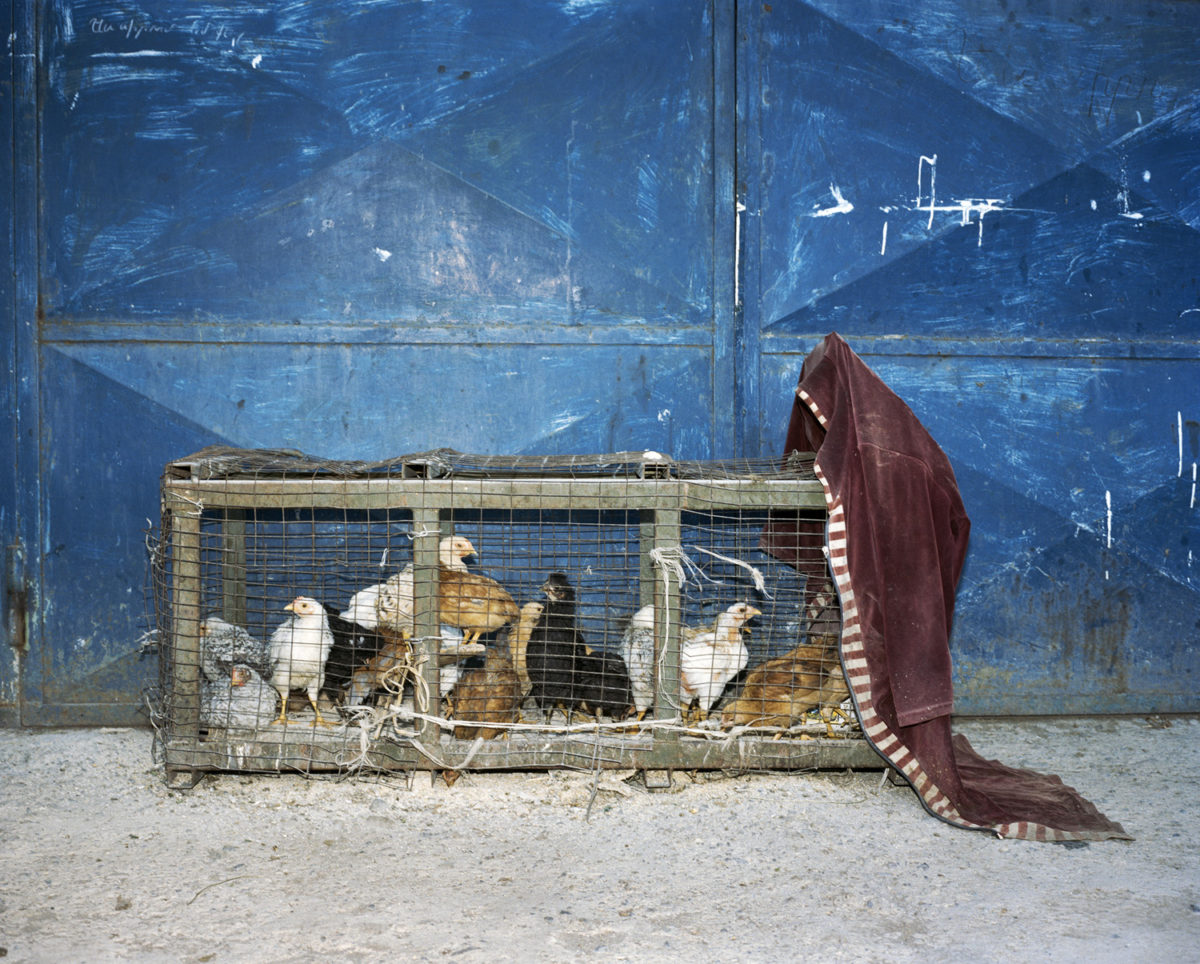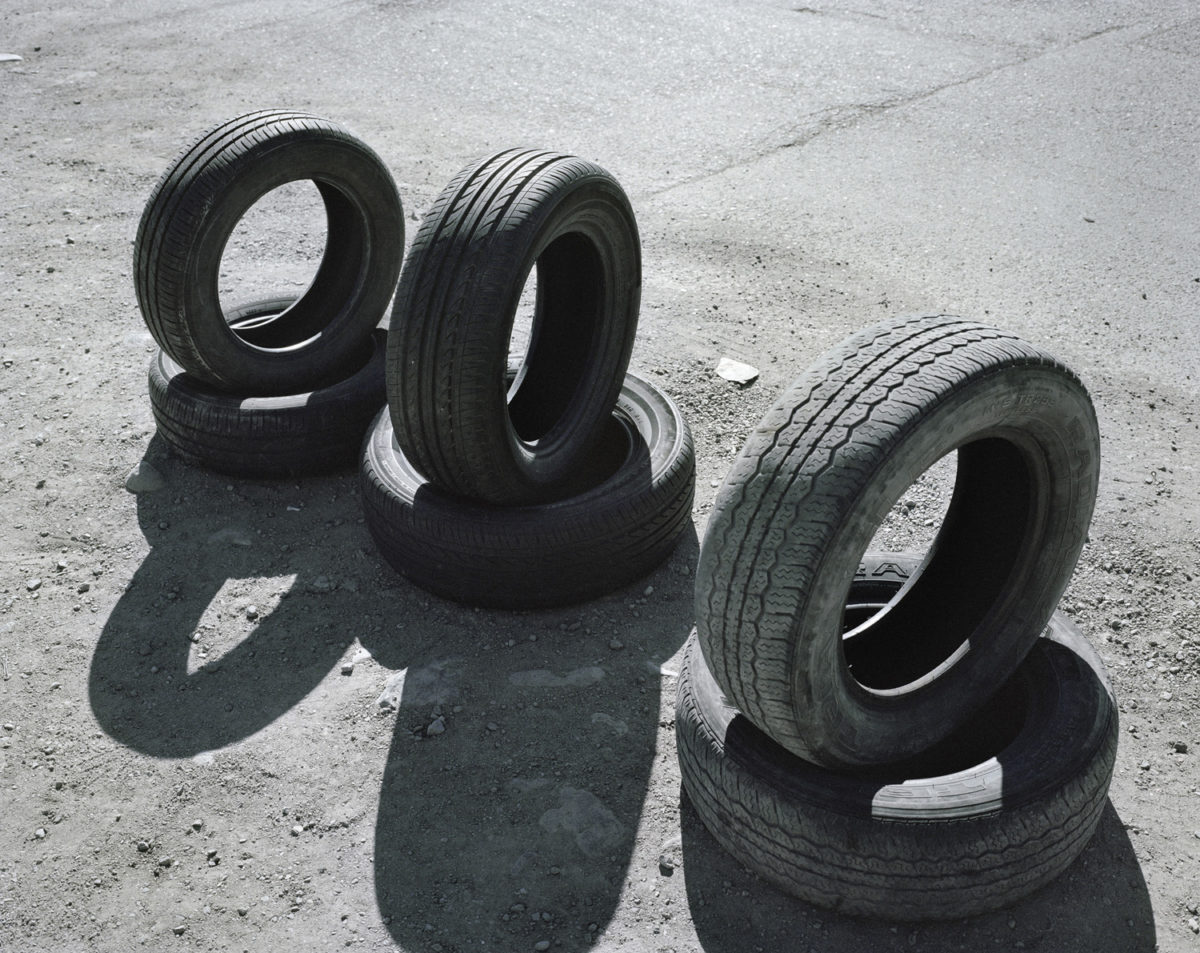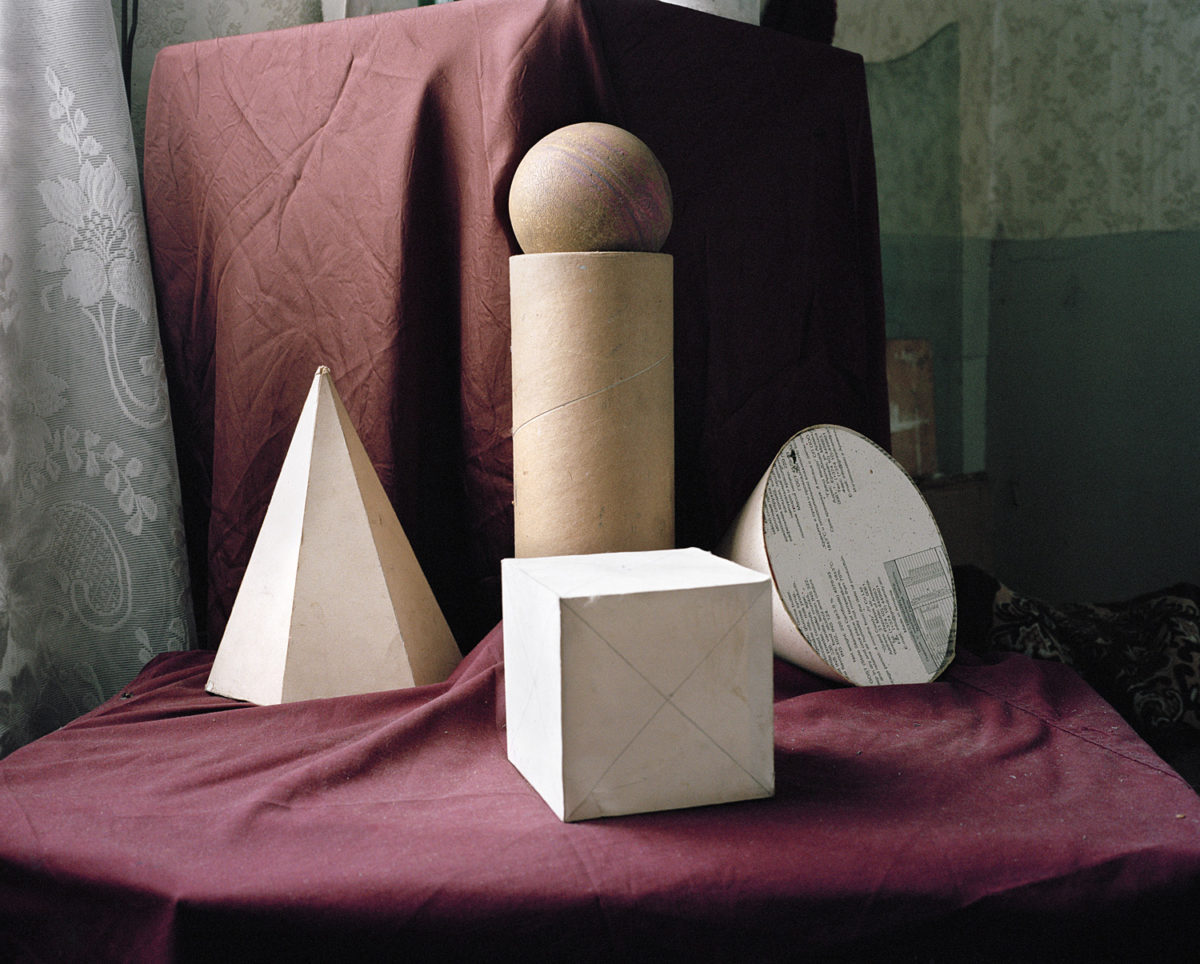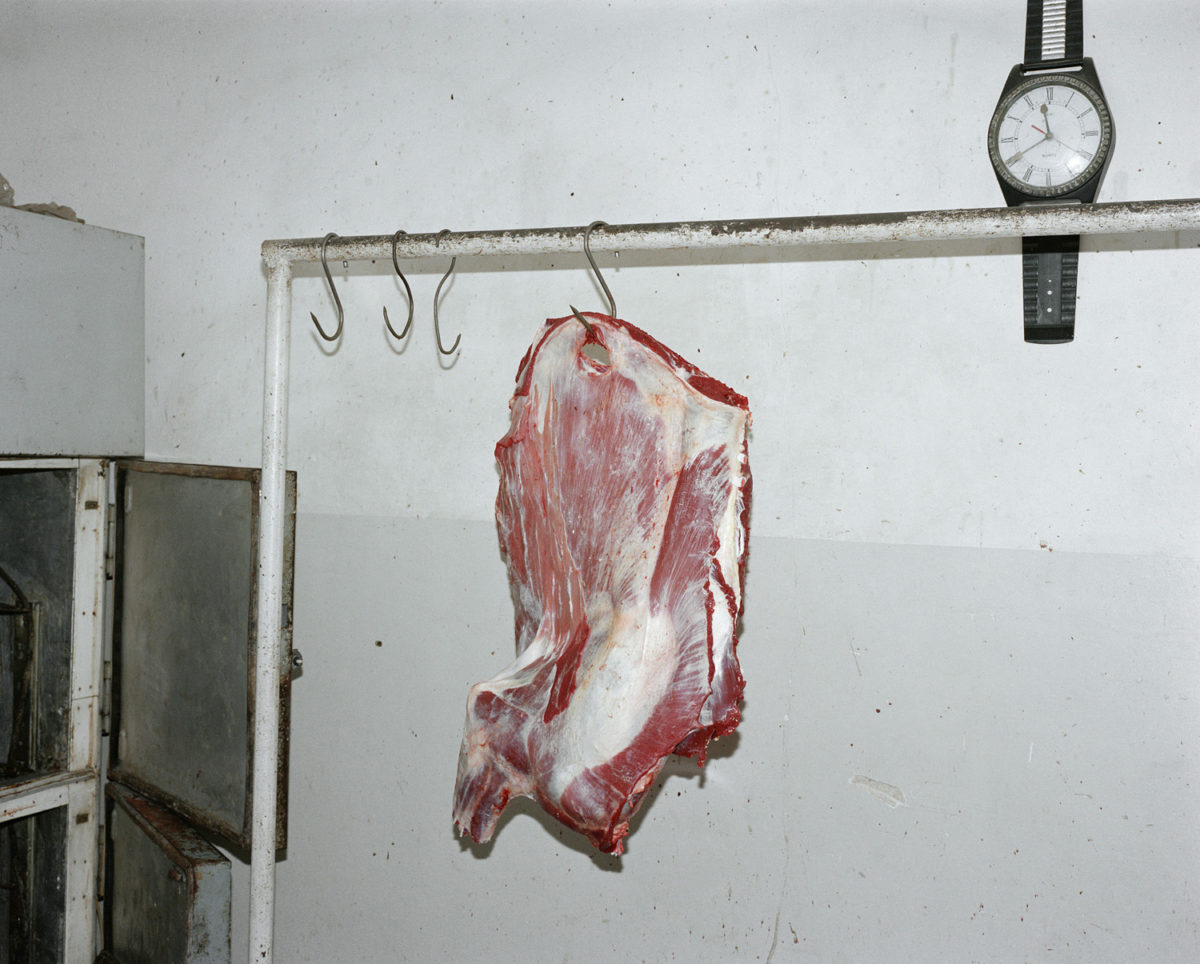Taken from his latest publication, Michal Luczak's showcase presents the short and longterm fallout of a devastating earthquake in Armenia.
The world started to crumble on 7 December, 1988 at 11.41 hours. 514,000 people lost their homes, 33,000 were wounded, 25,000 died, 917 public buildings were destroyed. The earthquake which struck Armenia on that day affected 40% of the country’s territory. 342 villages, 21 cities, 170 factories. It all lasted for 47 seconds. The magnitude of the earthquake was 7 degrees on the Richter scale. Spitak was the most battered city – only one building survived, and one third of its population died under the debris.
The city survived, but it has never been able to shake off the trauma. Partly rebuilt in a makeshift way, it keeps struggling with the memory of ‘the good old days’ when a dozen or so factories gave its residents work and set the rhythm of life. It is unable to handle what came later, either. The people who survived not only the earthquake, but also its aftermath, dug out their relatives, buried them, and now, every year, in early December, they visit their graves.
The independent Armenia has never been able to reinvigorate the country’s economy and rebuilt its city, and the people are unable to forget.
Spitak endures.
The pictures were published in a photobook under the title 11.41. The book is a colaboration between photographer Michal Luczak, and non fiction writer Filip Springer.
See here for further details of the book.
